Session: War on Terror Cinema. Society for Cinema and Media Studies Annual Conference. March 30-April 3, 2016. Atlanta, Georgia. Presiding: Shakti Jaising.

The convergence of the 9/11 attacks with the rapid technological changes of the new millennium (when the indexicality of the image is challenged by the wide diffusion of digital technology) created a withering of the epistemological certainties regarding history and photography-based media. In addition, the Iraq war generated a series of controversies over privacy and surveillance, rendition, civil rights and prisoner abuses. These events, depicted and sensationalized by all types of mass communication, influenced Hollywood cinema whose production suddenly appeared obsolete, forcing it to adapt with new aesthetic and narrative strategies. US directors engage in the representation of the War on Terror by embracing the aesthetic of the ultra-professional procedural subgenre in films such as Rendition (Gavin Hood, 2007), In the Vally of Elah (Paul Haggis, 2007), Standard Operating Procedure (Errol Morris, 2008), The Hurt Locker (Kathryn Bigelow, 2008), Fair Game (Doug Liman, 2010), Zero Dark Thirty (Kathryn Bigelow, 2013) and American Sniper (Clint Eastwood, 2014), among others. This study evidences some common features through which this heterogeneous group of works portrayed the sociopolitical issues mentioned above. Post-9/11 cinema emphasizes how the liberal capitalist system elevates the process itself to a dominant value independent of any particular goal and of any positive sociopolitical value or ideal of justice, but its open narrative possesses a unique capacity to undermine the proceduralist ideology in which the movies were conceived by completely immersing us in its extreme consequences.


The Aesthetics of the Procedural in Post-9/11 Cinema (Cinema Journal)
- Categories →
- Research
- Conferences
-
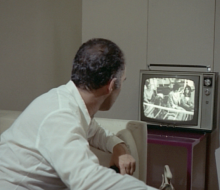
An Investigative Cinema (Book)

-
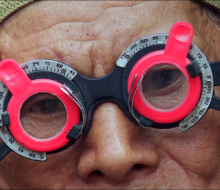
Joshua Oppenheimer’s Cold War Between Thought and Expression

-
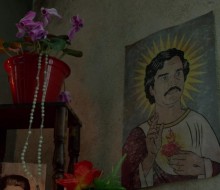
Too Strange to Believe: Magical Realism and Cold War Politics in Narcos

-
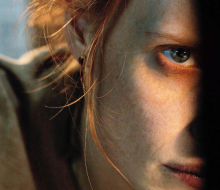
The Aesthetics of the Procedural in Post-9/11 Cinema (Cinema Journal)

-
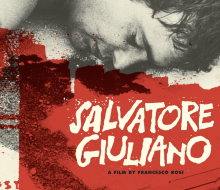
Shifting the Present: Francesco Rosi’s Salvatore Giuliano (Chronica Mundi)

-

In and Out of the Jungle: The Politics of Gael García Bernal (SCMS 2016)

-
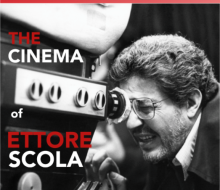
The Cinema of Ettore Scola (International Symposium at Casa Artom; Venice)

-
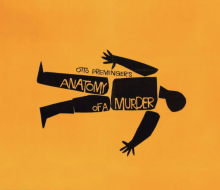
Just Imagine: Genre and the Logic of Movie Posters (Invited Talk)

-
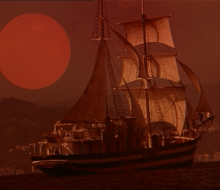
Evening Rituals: Marco Ferreri’s Dillinger is Dead (Intersections Conference; Florence)

-

Contemporary Science Fiction Cinema — Two Special Dossiers for Film Matters 8.3 & 9.1

-
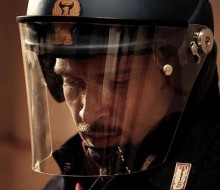
Network Narrative in Diaz. Don’t Clean Up This Blood (Harvard, ACLA 2016)

-
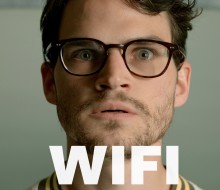
What Julian Smith Hates (and Loves) About Facebook: Social Media Parody as Self-Promotion (Comedy Studies)

-
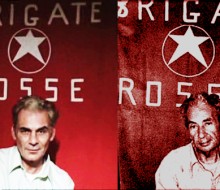
The Moro Affair in Gian Maria Volonté’s Movies (Book Chapter)

-
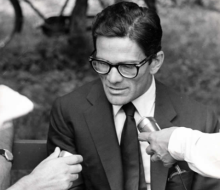
The Interview as Self-criticism: on Pasolini’s Metatelevisual and Extracinematographic Performativity (Book Chapter)

-
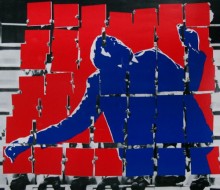
The Ontology of Replay: The Zapruder Video and American Conspiracy Films (Teorija in praksa)

-

The Missed Encounter with the Actor-Poet: Carmelo Bene and Vittorio Bodini According to Ruggero Jacobbi (California Italian Studies)

-

One Hundred Steps & the Neorealist Heritage (Book Chapter)

-

Even the Rain: A Confluence of Cinematic and Historical Temporalities (The Arizona Journal of Hispanic Cultural Studies)

-
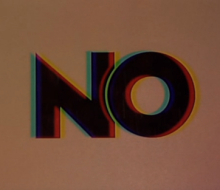
Pablo Larraín’s No and the Aesthetics of Television (Seismopolite)

-

Saviano, Garrone, Gomorrah: Neorealism and Noir in the Land of the Camorra (Fast Capitalism)

-
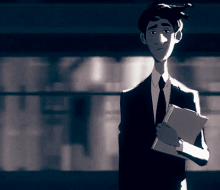
Conferences

-

Theater According to Ruggero Jacobbi

-
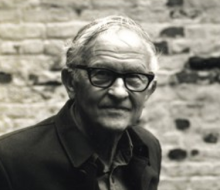
A Conversation with Albert Maysles

-
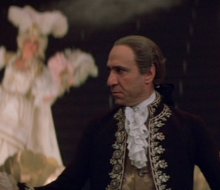
Rock me Amadeus: The Mozart-Salieri Conflict in Drama & Film

-

A Certain Absence in French Cinema

-

Cinemablography: Laughter as a Menacing Motif in Paul Thomas Anderson’s The Master

-
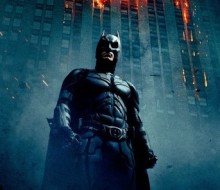
Cinemablography | A Legacy Intertwined: Christopher Nolan and his Dark Knight

-

Cinemablography | Hugo: Nostalgia for the Origins of Cinema

-
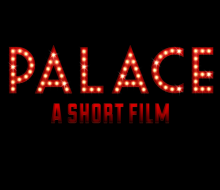
Palace, A Short Film

-

Dragoon Online

-

Pioneering YouTube

-

Genetic Ancestry Project

-
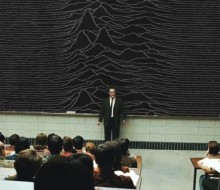
Teaching

-

Science Fiction Cinema

-

Short Story from Borges to HTML

-

Eremo Zafer (Poetry)

-

Adagio Domestico (Crocetti Editore)

-
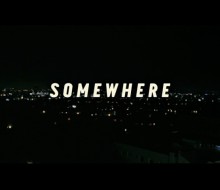
Somewhere Else (Poetry Book)

-
Clients

